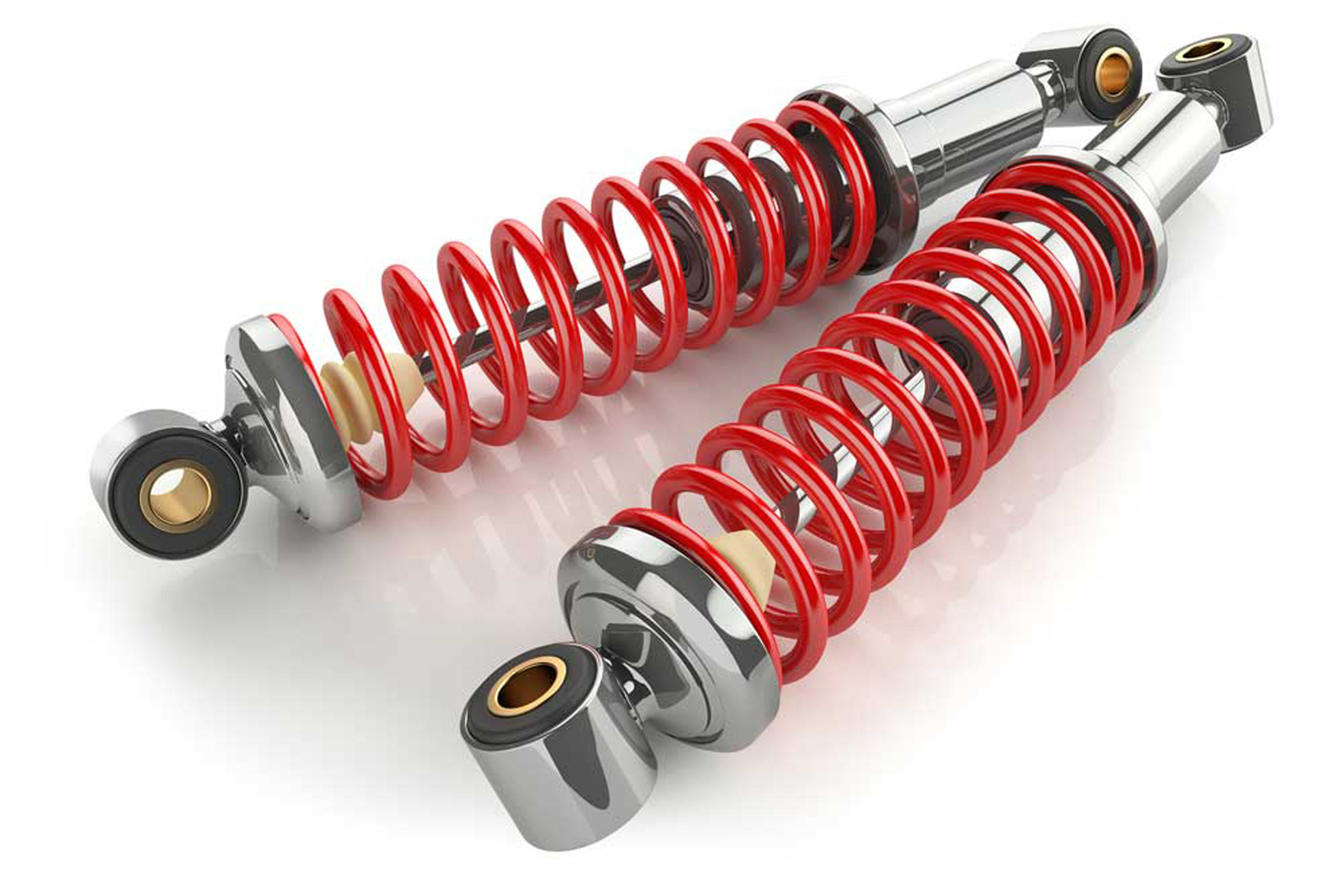How Do Shock Absorbers Function?
Shock absorbers serve two primary functions: firstly, they assist in managing the motion of the suspension and springs, and secondly, they guarantee that your tires maintain contact with the road surface, enabling optimal traction. Regardless of whether you are in motion or at a standstill, the portion of your tires that comes into contact with the road is essentially the sole point of connection. If your shock absorbers are performing poorly, they can diminish this contact, which in turn impacts your capacity to accelerate, brake, steer, or maintain a straight trajectory.
Shock absorbers are commonly misunderstood as components that bear the load of a vehicle. However, this notion is not completely accurate.
To gain a deeper understanding, it is essential to consider the scientific principles underlying shock absorbers. When analyzing shock absorbers, one should contemplate the conversion of kinetic energy from movement into heat or thermal energy, which needs to be dissipated through an exchange mechanism.
If you have an understanding of the mechanics behind an oil pump, comprehending the purpose and function of a shock absorber becomes quite straightforward. Both mechanisms operate using pistons and hydraulic fluid, generating pressure inside a sealed tube.
As the suspension moves up and down, it causes hydraulic fluid to pass through small openings in the pistons, leading to a decrease in the piston’s motion. This decrease in motion subsequently results in the deceleration of both the suspension and the springs.
Shock absorbers have a crucial function in adapting the tires to different road conditions, particularly when travelling at high speeds and encountering obstacles. If you’re in the UK, it is advisable to consider searching for “UK shock absorbers” to discover trustworthy choices. You might even stumble upon discounted shock absorbers, providing both cost savings and guaranteeing the safety and efficiency of your vehicle.
Different Options of Shock Absorbers Explained
Shock absorbers function using the same mechanism, regardless of the suspension layout of the car. However, there are a wide variety of shock absorber designs available.
Shock absorbers, regardless of their application, are specifically engineered to accommodate three different scenarios, which encompass their utilization in both struts and shock absorbers. The British Motor Show returns in a new format, celebrating all things motoring, past, present, and future. They have taken all the things you love about cars and put them in one place.
1. Traditional Telescopic Dampers
The conventional telescopic shock absorbers represent the most basic form of this mechanism. Due to their uncomplicated designs and affordability, they facilitate the effortless maintenance and repair of vehicles. Replacing these shock absorbers is a straightforward process. They are commonly employed in both the front and rear suspension systems.
2. Overview of Strut-Type Shock Absorbers
The strut-type shock absorber operates similarly to other shock absorbers, but it is specifically designed to be installed on the struts, as its name implies, and it replaces a portion of the suspension system. It is commonly utilized in vehicles that encounter significant loads and forces, particularly larger and medium-sized ones, as they face more substantial loads and forces. Strut-based shock absorbers offer superior performance under heavy loading. Additionally, this shock absorber system can be utilized in both the front and rear suspension systems.
The classification of shock absorbers, specifically those based on struts, can be categorized into two types: repairable and sealable units. Repairable units, also known as McPherson Struts, are capable of being fixed by replacing the strut cartridges. On the other hand, sealable units need to be completely replaced when damaged. In terms of long-term cost-effectiveness, repairable units are the preferred choice as they offer the ability to address issues through DIY repairs, provided one possesses the necessary skills.
3. Overview of Shock Absorbers for Spring Seats
Spring seat shock absorbers function using a mechanism that is similar to that of both strut-type and telescopic shock absorbers. Just like these other shocks, the spring in The spring seat shock absorbers also act as damping devices.
However, the key difference lies in the fact that the spring seat shocks are designed as a single unit. However, it is important to note that these shock absorbers are not intended for handling heavy loads and forces.

